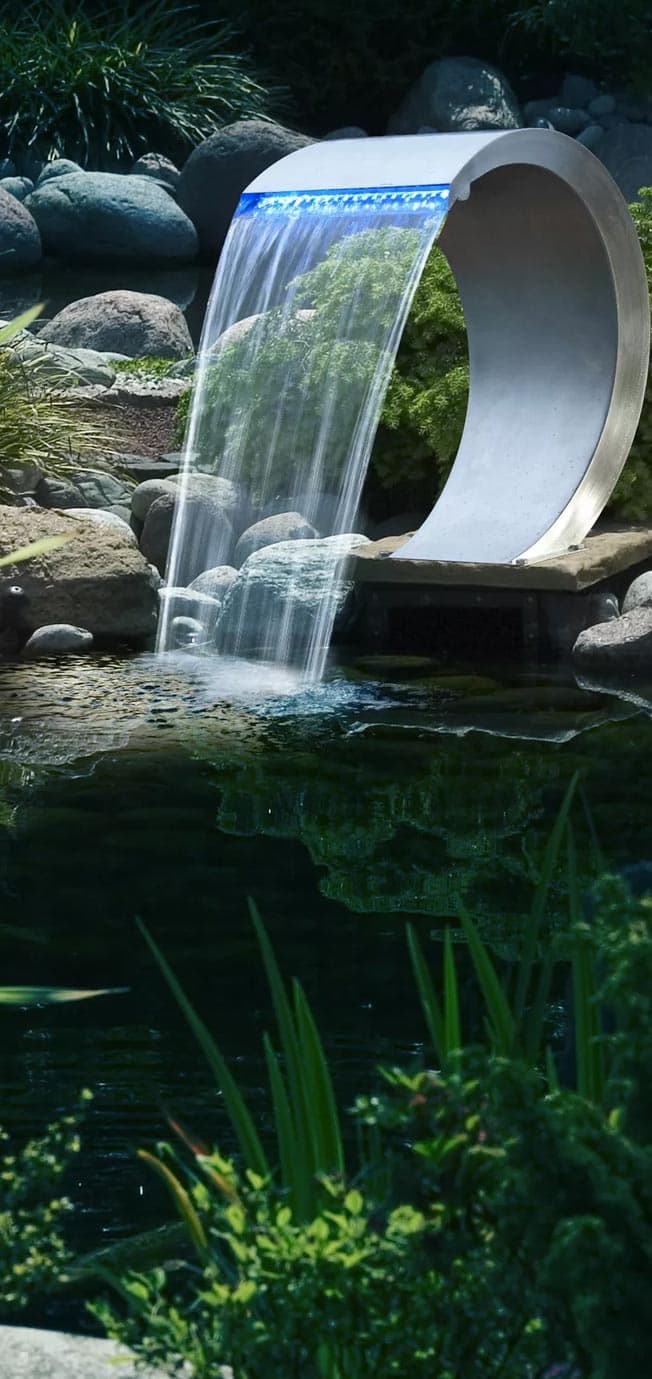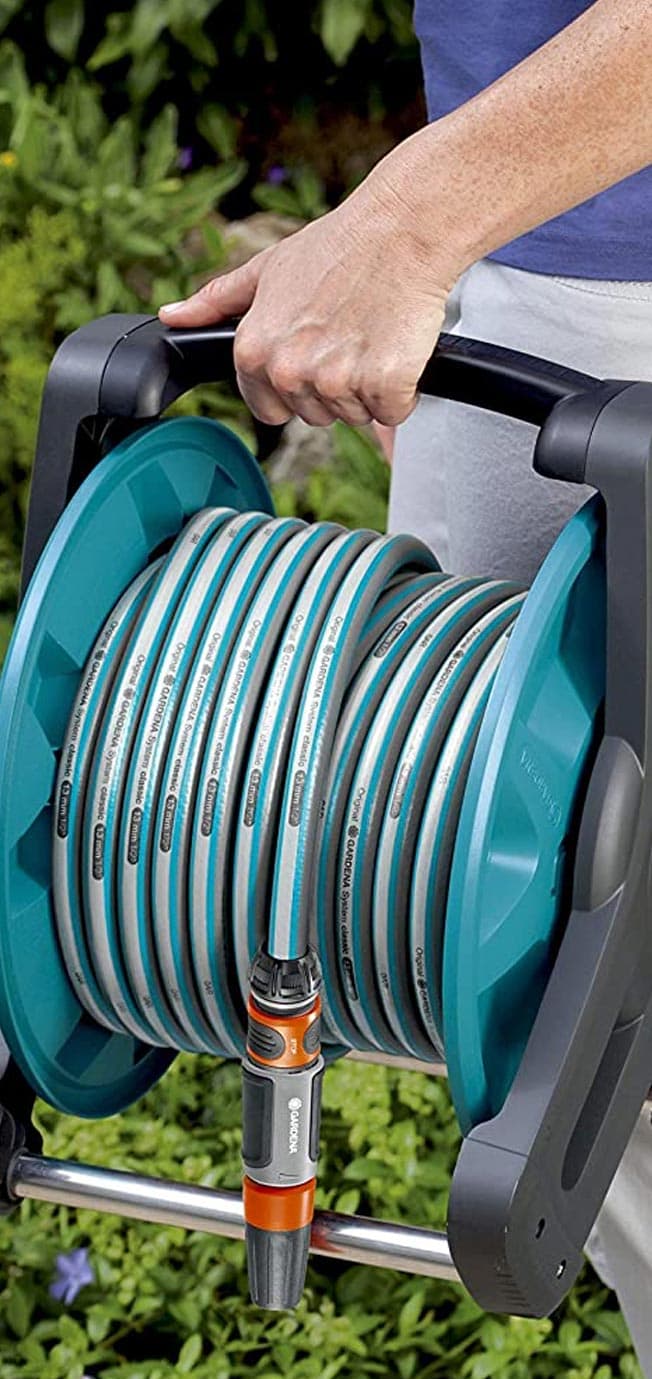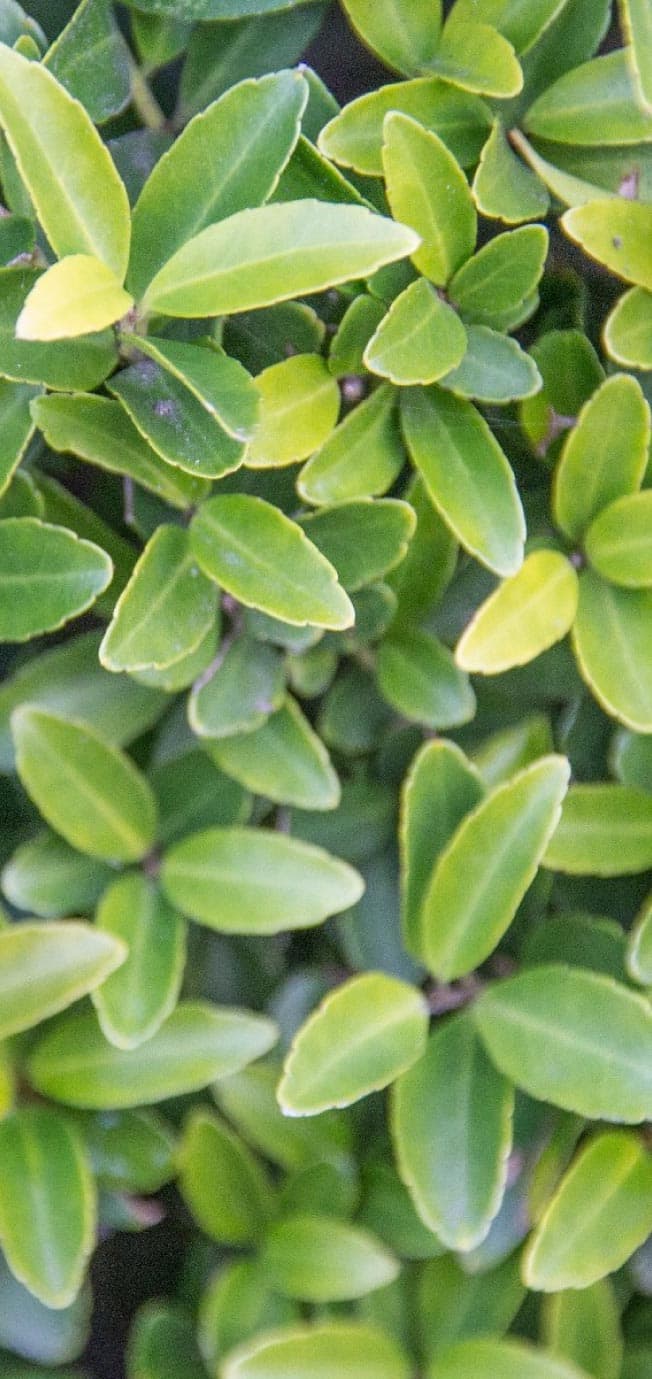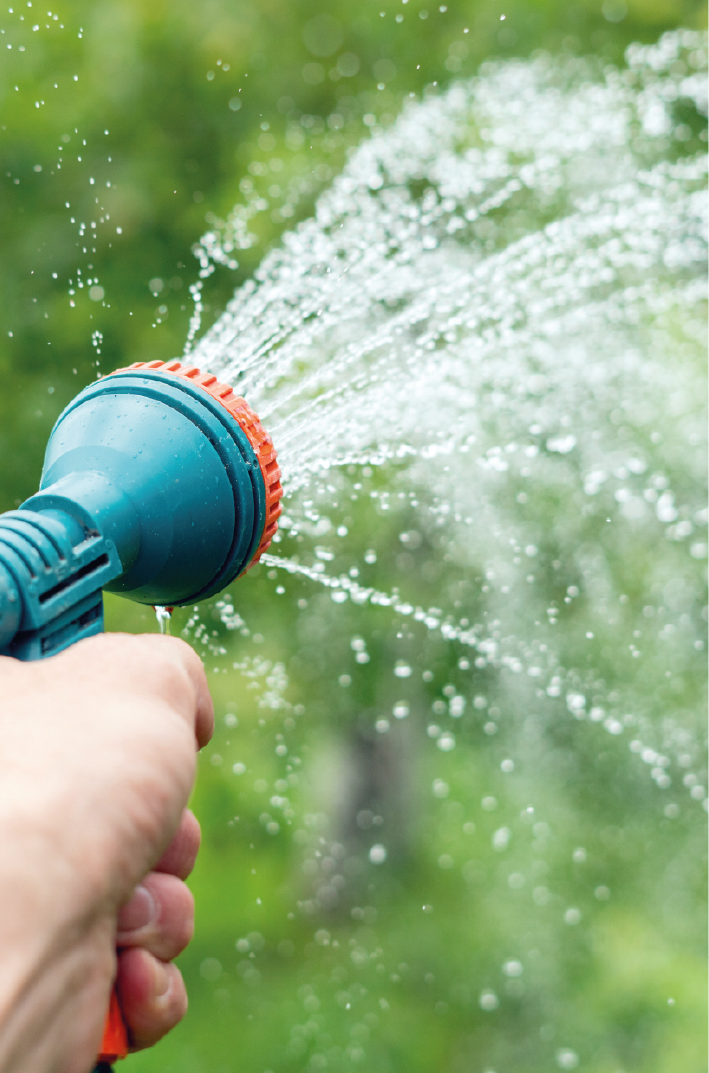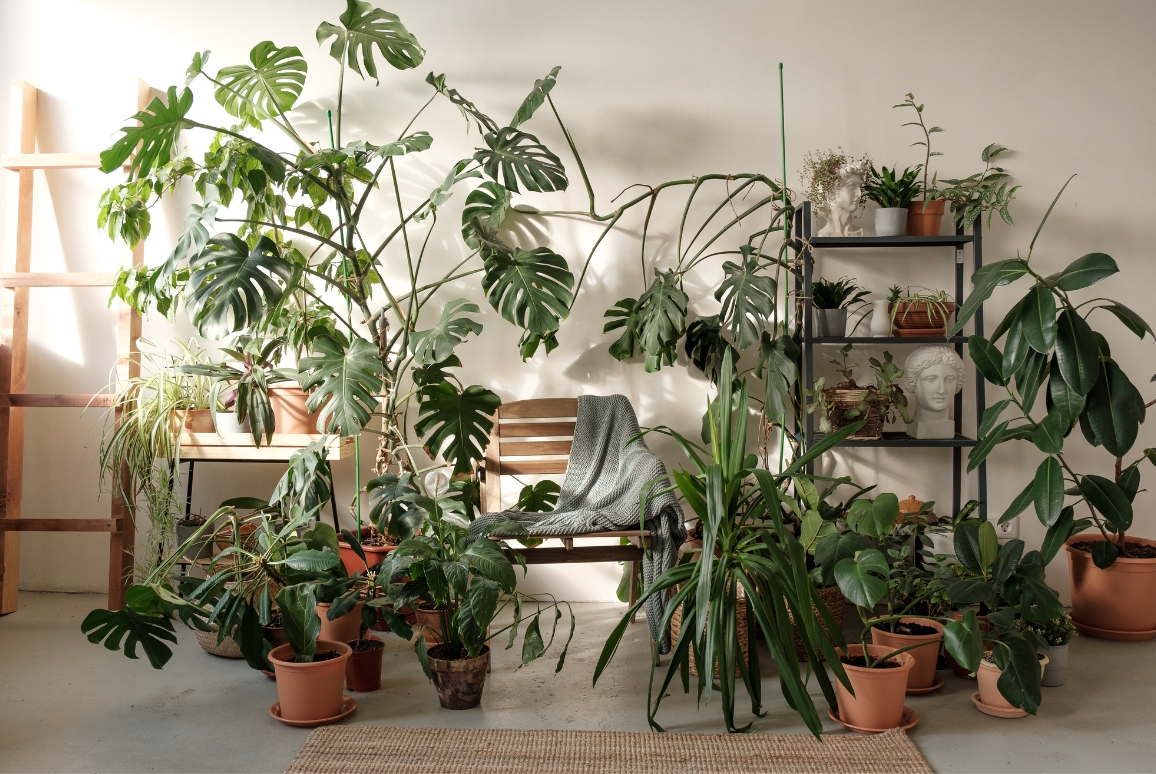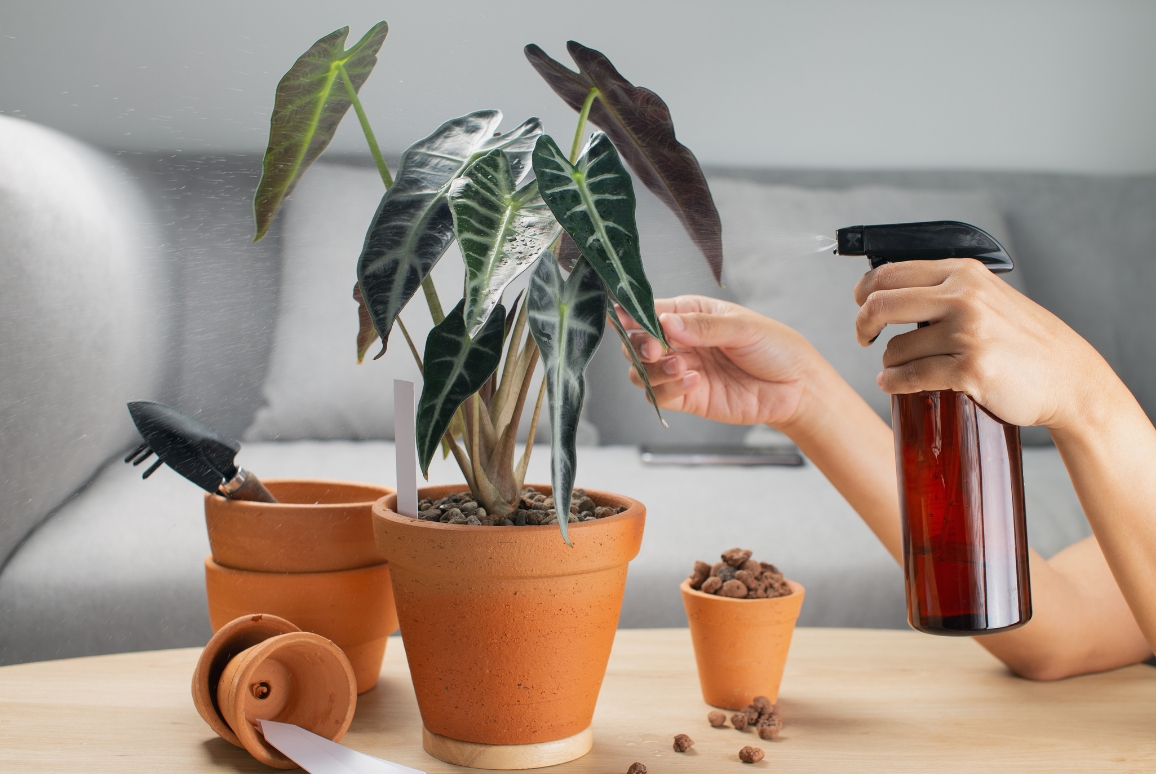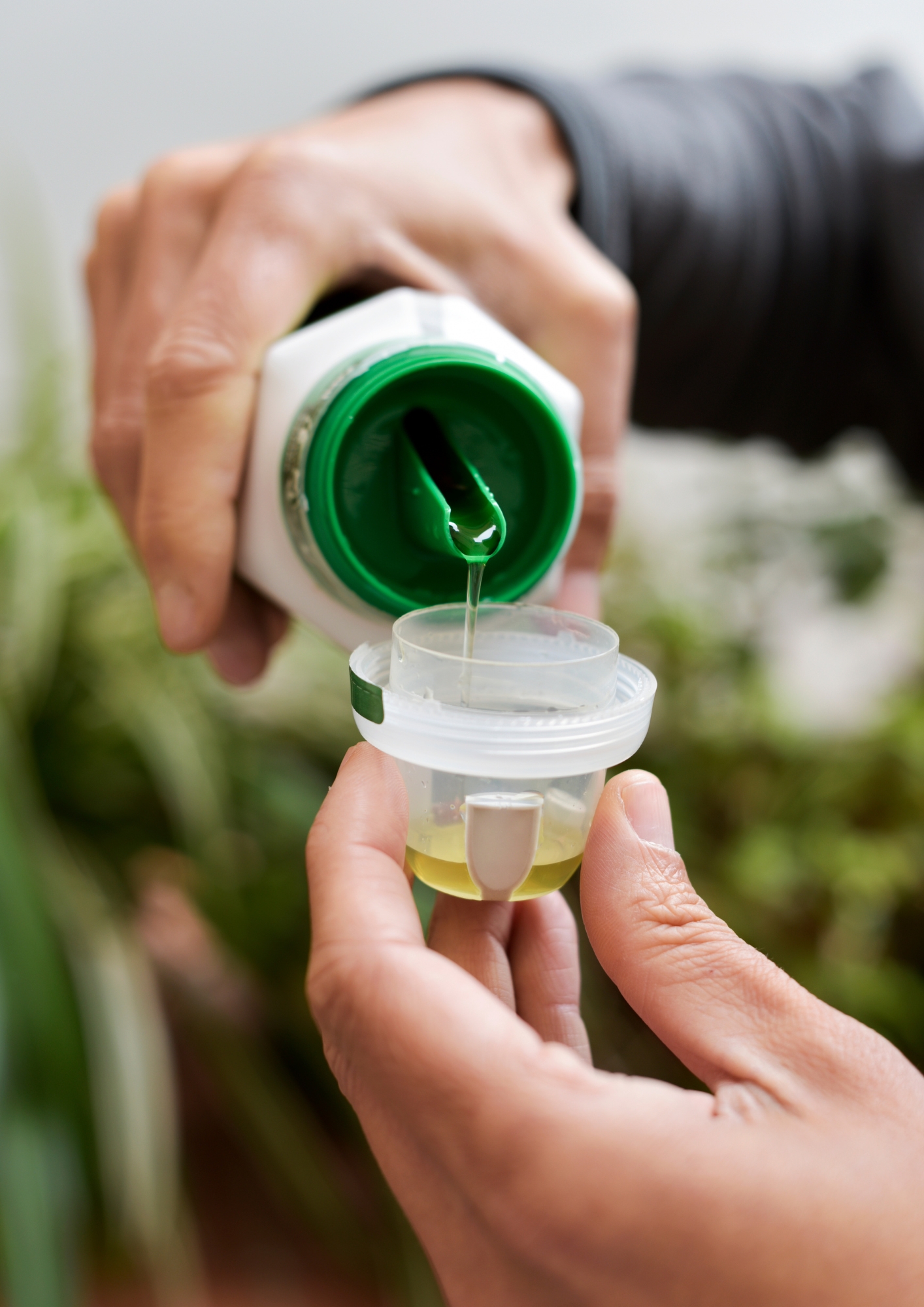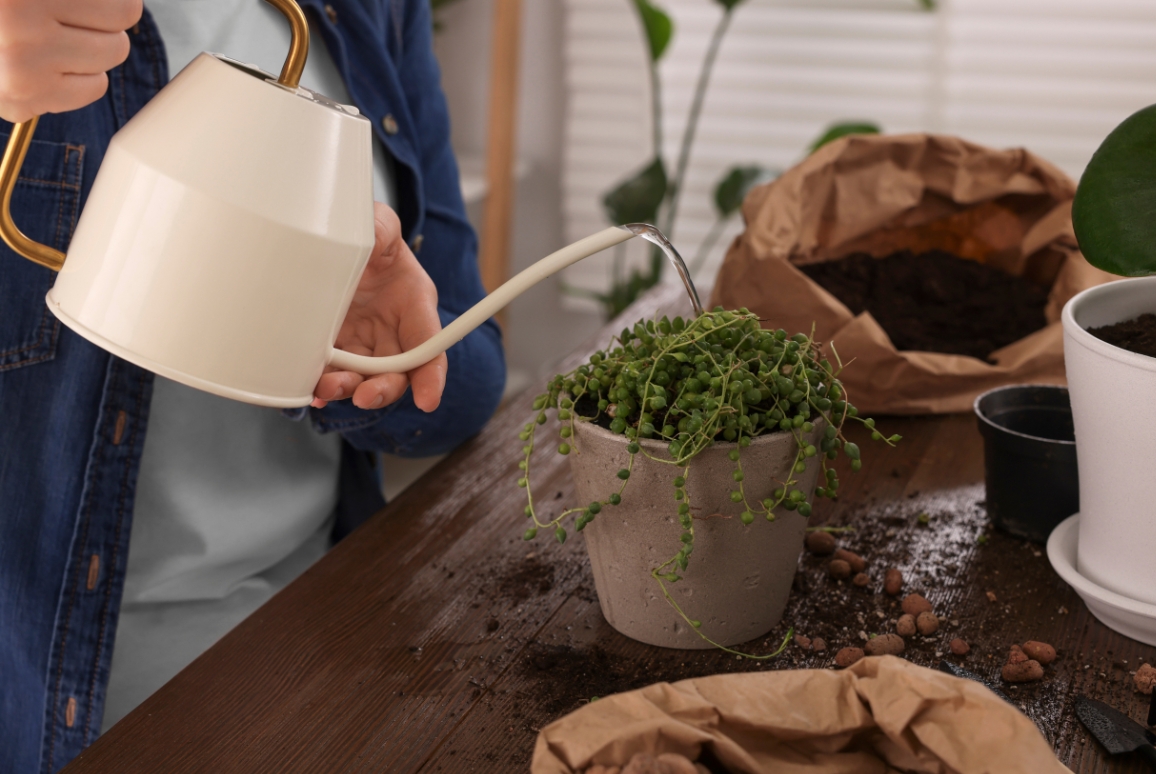Houseplants
Houseplants
To ensure your houseplants stay healthy and thriving, they need the right nutrients on a regular basis. 🪴Houseplant fertilisers are specially designed to meet the unique needs of houseplants and contain the right mix of nutrients to promote their growth. They can contribute to the flowering, colour, fragrance and vitality of your houseplants and are easy to use.
Whether you have a Mediterranean plant, a cactus, an orchid or a bonsai: there is always a fertiliser to suit your particular houseplant!
✓ Free delivery from € 40
in Belgium & The Netherlands!
✓ All A-brands
at the best prices!
✓ Customized advice by
our garden experts!
✓ Our customers give us 9.3/10
based on > 25.000 reviews!
What does that NPK value stand for?
For the plant mom or plant dad still looking a bit green behind the ears, that NPK value may sound like Chinese. We'd like to explain it for you:
• N = Nitrogen: stimulates leaf growth and ensures a fresh green colour.
• P = Phosphorus: ensures strong roots and good bud formation.
• K = Potassium: regulates water absorption and ensures strong plant cells. It is also an important factor in resistance to fungi and diseases.
Often, Mg or Ca also joins the formula:• Mg = Magnesium: makes chlorophyll for photosynthesis.
• Ca = Calcium: neutralises the soil so it cannot become too acidic.
Which form of fertiliser is best to choose?
Besides various compositions, you can also distinguish fertilisers by their form.
• Liquid fertiliser
Liquid fertilisers are concentrated fertilisers that still need to be diluted with water. They often come with a handy dosing cap. These liquid types are quickly absorbed by the plant. They are perfect for indoor plants. Liquid fertilisers are easy to spread with sprinklers or watering cans. Moreover, liquid fertilisers give you precise control over nutrient application.
• Fertiliser sticks
Fertiliser sticks are compact and pre-dosed nutrient sticks. All you have to do is push them into the soil of the flower pot. Super easy! This makes them especially handy for houseplants, tub plants ... These fertiliser sticks release the nutrients slowly and evenly, without the risk of overdosing.
• Granular fertiliser
Granular fertilisers are dry, granular fertilisers that release nutrients slowly. They are useful for the garden & lawn because they can be easily spread over a large area, using a fertiliser spreader for example. This type of fertiliser is less suitable for houseplants.
Any more tips to help your houseplants grow & flourish? Then be sure to read our blog
“How do I care for my houseplants in spring?”
When should my houseplants be fertilised?
Feed houseplants regularly during the growing period - from March to October.
Fast-growers, such as the banana plant (musa) and alocasia, give a dash of fertiliser every week. For houseplants that grow slowly, such as the cactus and money tree (crassula), monthly fertilisation is sufficient.
More tips for fertilising your plants?
Read our blog!





